Wild-caught Shrimp or Farmed Shrimp?
Both wild-caught shrimp and farmed shrimp have their respective advantages for consumption.

Differences Between Wild-caught Shrimp and Farmed Shrimp
1. Shrimp Food Source
From their habitat alone, pond shrimp and wild-caught shrimp have different food sources. Wild-caught shrimp obtain their food from plankton, other marine animals, and marine plants such as algae.
Meanwhile, pond shrimp depend on shrimp feed provided by shrimp farmers. Usually, this feed comes in the form of pellets, granules, or powder given three to four times a day. Pond shrimp feed is also controlled for its content such as vitamins, protein, fat, and carbohydrates according to their needs.
2. Shrimp Characteristics
Generally, the characteristics of pond shrimp and wild-caught shrimp are not very different. However, shrimp commonly found in Indonesian waters, such as jerbung shrimp and dogol shrimp, have their specific characteristics. Jerbung shrimp, or commonly known as white shrimp, are predominantly white with yellowish spots and green dots.
On the other hand, dogol shrimp, or known as pink shrimp, tend to have a brownish colour mixed with pink on their bodies. The sizes of these shrimp range from 10 to 25 cm, while pond shrimp have body sizes ranging from 15 to 35 cm. Some types of wild-caught shrimp such as giant tiger shrimp and banana shrimp have larger sizes and striking colors. Giant tiger shrimp, in particular, are recognized by their large and long pincers.
3. Taste
Wild-caught shrimp like dogol shrimp and jerbung shrimp are known to have a thick texture and a sweet taste. Besides taste, wild-caught shrimp generally have a more savoury flavour compared to pond shrimp. This is because wild-caught shrimp are often processed with spices or seasonings that have strong flavours.
On the other hand, pond shrimp have more flesh, a sweeter taste, softer texture, and thinner skin. This type of shrimp is suitable for simple dishes or as an addition to other dishes.
4. Shrimp Price
The price difference between pond shrimp and wild-caught shrimp can vary in different regions of Indonesia. However, generally, wild-caught shrimp tend to have higher prices because they are more difficult to catch. Unlike wild-caught shrimp, pond shrimp are easier to obtain, and the harvesting process is also easier. This, of course, affects the selling price in the market.
5. Quality
In terms of living sources and food, pond shrimp are certainly superior. Unlike wild-caught shrimp that live in natural environments and feed on marine organisms, so the substances in their bodies cannot be controlled, pond shrimp live in guaranteed clean places. Shrimp farmers often change pond water regularly and provide more nutritious food, ensuring the quality of pond shrimp.

Cre: delosaqua.com
Contact AQUA MINA for consultation and supply of aquaculture round tanks and aquaculture equipment for high-tech shrimp farming.
- Address: 685 National Highway 1A, Binh Hung Hoa Ward, Binh Tan District, Ho Chi Minh City
- Phone: 1800 6071 (Toll-free hotline)
- Email: sales@aquamina.com.vn or oversea@aquamina.com.vn
Aqua Mina's distributor in Japan: REX INDUSTRIES CO., LTD
- Address: 1-9-3 Hishiya-Higashi, Higashi-Osaka 578-0948 JAPAN
- Email: kimakubo@rexind.co.jp
- Phone: +81-(0)72-961-9893
- Website: http://www.rexind.co.jp/e/

WE WORK FOR YOUR SUCCESS!
Ngày đăng : 26/01/2025
1890 View
Other Articles
Vietnamese shrimp and catfish choose a sustainable path in global competition
End-of-Season Shrimp Prices Reach Record Highs
Norway – Russia Reach Barents Sea Fisheries Agreement for 2026
Cà Mau strengthens traceability to enhance the competitiveness of the shrimp industry.
Cold stress: Effects on the plasma characteristics of whiteleg shrimp.
A new breakthrough in the prevention of diseases caused by the microsporidian parasite EHP in shrimp farming
Vietnam’s shrimp export outlook in the first quarter of 2026 continues to face heavy pressure from tariffs.
New England’s shrimp fishery to shut down for the long haul after years of decline
Crab exports to the United States account for more than 80%.
Thailand sets a target to increase shrimp production to 400,000 tons by 2026.
CTU-RAS: Recirculating Shrimp Farming for Sustainable Development
Vietnamese aquatic products reach new markets








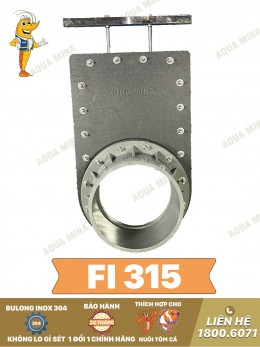
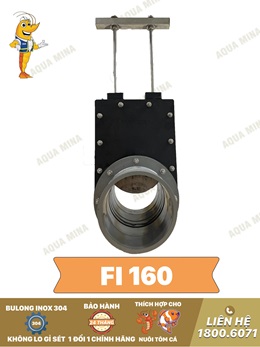
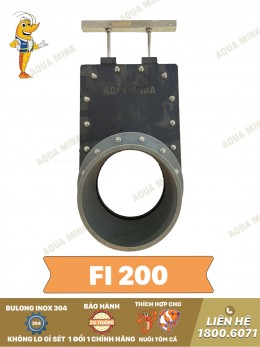
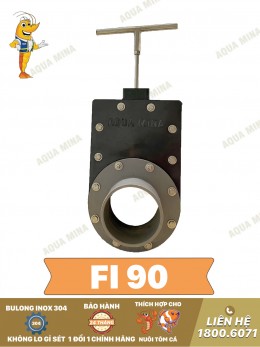
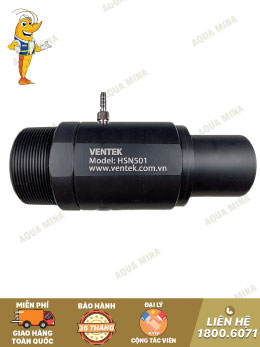
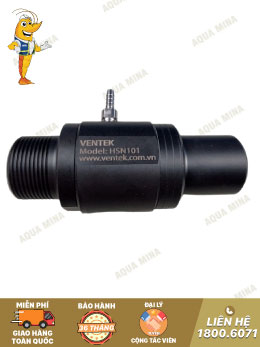
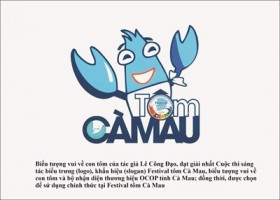
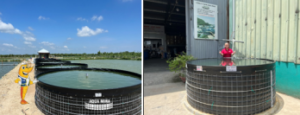
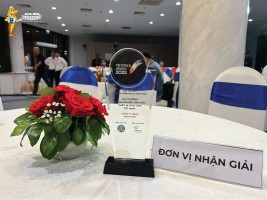
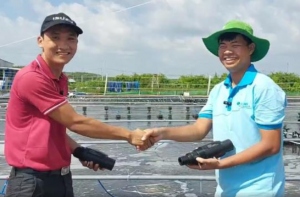
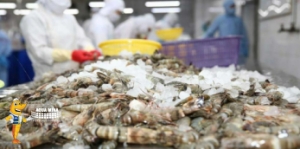
.jpg)